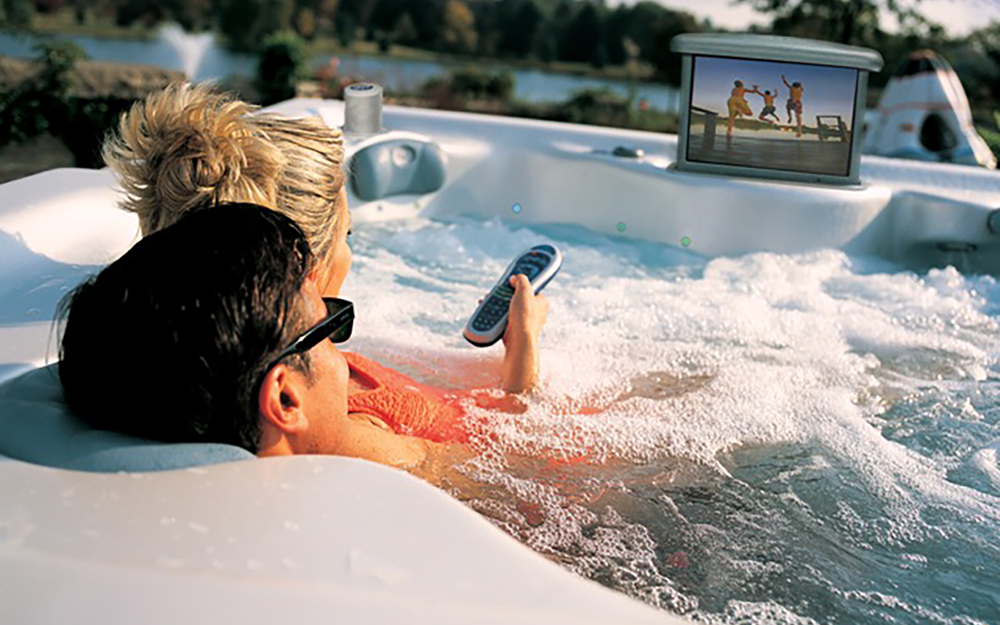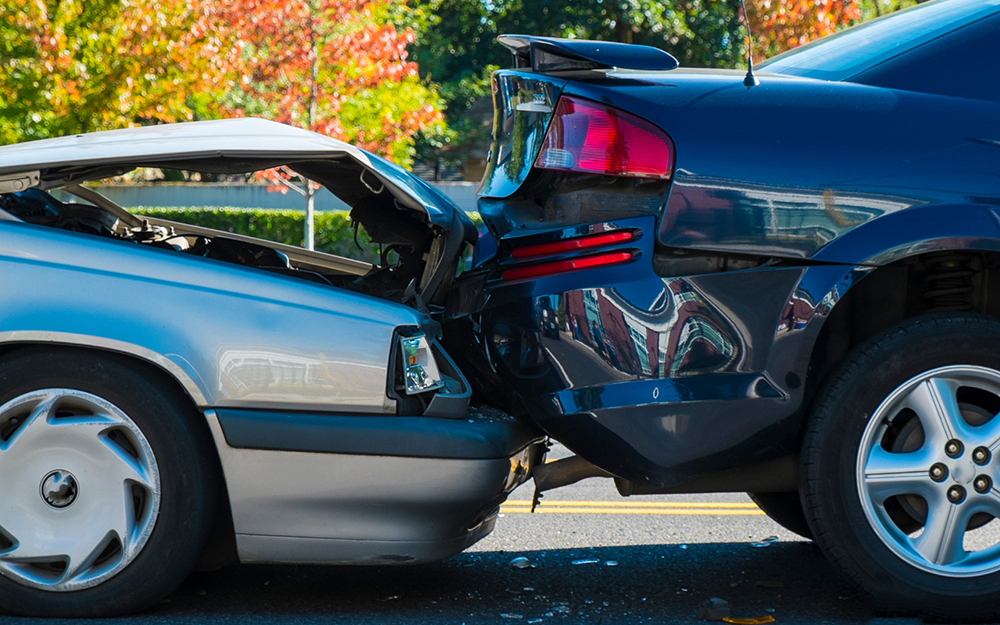
By Fire Chief Sam DiGiovanna
With gas prices climbing once again, the last thing anyone wants is to find their gas tank unexpectedly empty. But it’s happening. Gas thieves are starting to siphon gasoline from vehicles. Any time there is a short supply, the demand goes up. When demand goes up, and supply gets low, crime goes up. Look out for thieves possibly looking to score free fuel at your expense.
How Do I Protect My Vehicle from Gas Theft?
You can take various steps to prevent thieves from siphoning out your vehicle’s gas. Thieves may target the gasoline from your vehicle, especially when gas prices rise. As the price of gas rises, so do the number of gas-related theft incidents. Here are ways to help protect your vehicle and your wallet from thieves:
Park in well-lit, well-traveled locations
Park in your garage or driveway whenever possible. If you have to park on the street, do so underneath a street light
Avoid parking in public places for long periods of time. For example, ask a friend or neighbor for a ride to the airport rather than leaving your car in the airport parking lot.
Park your vehicle so that the fuel door is facing the main road
Install video surveillance for your home or business
Consider installing a locking gas cap, even if our fuel door has a lock on it. Locking gas caps typically cost anywhere from $5 to $25 at an auto parts store.
Call 911 if you see suspicious behavior, such as someone putting a siphon into a gas tank or acting suspiciously around several parked cars.
How Can I Tell if Someone is Siphoning My Gas?
It may be difficult to tell if someone has siphoned your gas. The best way to find out is to keep track of your fuel level before you exit your car and make sure the level hasn’t changed when you return. If you have a locking gas cap, lock for scratches or damage where thieves may have attempted to steal your gas.
Ways to Reduce That Pain in the Gas
Here are 10 tips about fuel saving, that may help!
- Avoid High Speeds
If you have a little knowledge of Fluid mechanics, then you would know that increasing the speed increases the aerodynamic drag exponentially.
- Do Not Accelerate or Brake Hard
Keep your eyes and your head on the road and try to anticipate the traffic. Slowly accelerating and braking can increase your fuel economy up to 20%.
- Keep Tires Properly Inflated
Tire inflation should be checked at regular intervals, maybe every two weeks. A tire inflated by 2 PSI can increase your car’s fuel consumption by 1%.
- Easy on the Air Conditioning
Air conditioning in your car puts extra load on the engine and thus, causes more fuel consumption. This is aggravated in high traffic density areas, and low speeds. So, if you are on and about for a short trip, maybe opening your windows rather than turning the air conditioning on is the best bet for your wallet.
- Keep Windows Closed
As open windows disrupt the streamline of the car, it can increase the aerodynamic drag and thus, the fuel consumption by 10%.
- Keep the Lady Happy
Spending on your car’s maintenance frequently can cut down on your fuel consumption costs. Regular fluid checks, engine, spark plug service etc .can really make a difference in your car’s performance.
- Maintain a steady speed
Maintaining a steady speed and avoiding excessive acceleration or deceleration can be fuel effective.
- Avoid Heavy Loads
You might want to keep “The Transporter” body bags in your basement if you want to save on your fuel. Cutting down on your chubby belly can also come in handy (jokes intended). In simple words, don’t carry additional luggage and loads if don’t require them for that trip.
- Avoid Long Idles
In case you are using a carburetor-based car, shutting off the engine if in a long traffic idle can save some cash – but that too in warm conditions. If the conditions are cold you might want to reconsider this option as it would take more fuel to restart all additional electronics than to keep running them.
- Purchase a Fuel-Efficient Vehicle
Examining vehicle’s rated fuel efficiency before making the decision of buying is the most logical thing to do. Usually vehicles with small stature, EFI engines and manual transmissions will provide better fuel economy.









































